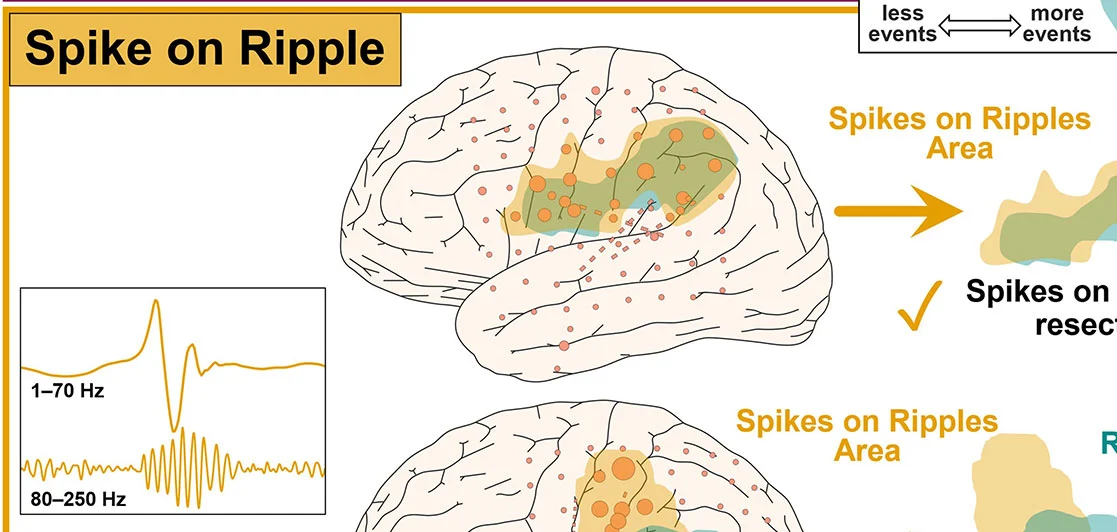Patterns Across Epilepsy Syndromes Study
March 19, 2024
Article published by Wiley Online Library
Epilepsy is a prevalent, chronic group of neurological diseases that affects more than 70 million people worldwide and encompasses many different disorders, of which temporal lobe epilepsy (TLE) is the most common in adults. Current models of the neurological condition conceptualize epilepsy as involving widespread cortical and subcortical network disturbances, including reduced cortical thickness and white matter abnormalities. As such, studies have frequently overlooked the cerebellum. However, evidence from electrophysiological and optogenetic studies in animals, as well as non-invasive imaging studies in humans, indicates a role for the cerebellum in seizure generation. In a recent study including 1,602 adult people with epilepsy and 1,022 age- and sex-matched healthy controls, an association between posterior cerebellar volume and duration of illness was identified across all epilepsies and indicated a common and potentially progressive neurodegeneration in people with epilepsy. These findings highlight the cerebellum as a potential target for therapeutic intervention in epilepsy and underscore the importance of incorporating the cerebellum into neurobiological models of epilepsy.







